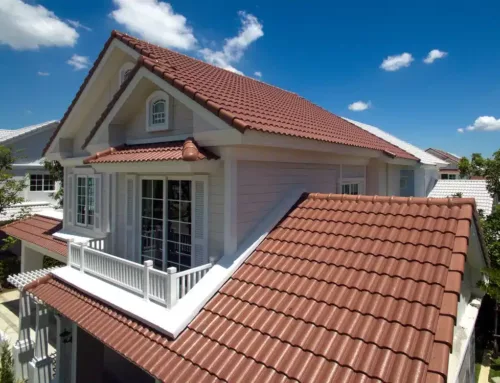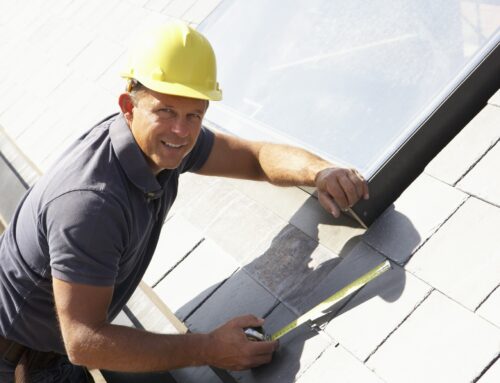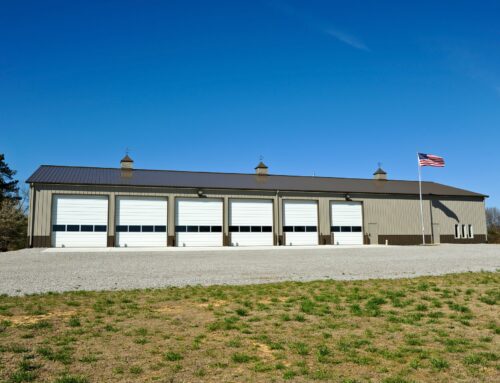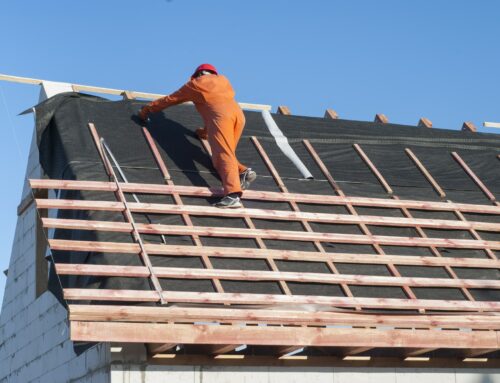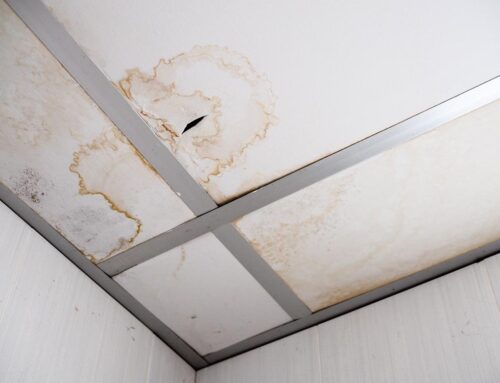One of the most potentially damaging forces of nature is rain. If your home is not ready for the rain that Mother Nature can dish out during the fall and winter months, you may find yourself dealing with a lot of damage. The first line of defense your home has when dealing with rain is the roof. In order to get your roof ready for the rain, you will need to invest some time and effort. Read below to find out some tips on getting your roof ready for the rainy weather of fall and winter.
You Need Clean Gutters
The main area you need to check when trying to get your home ready for rain are the gutters. The gutters on a home are designed to filter the water produced by hard rains away from the roof and the foundation of the residence. Over time, the gutters on the side of your home will fill up with leaves and other debris. Cleaning them out before the rainy weather moves in is a great way to avoid flooding. By maintaining this part of your roofing system, you will have no problem keeping rainwater away from your home and prevent the need for hiring a costly foundation repair contractor in Kansas City to fix your home’s foundation.
Inspect Your Skylights
One of the best ways for you to get natural light into your home is by having skylights installed. These fixtures are both very appealing and functional. The seals that go around these lights are designed to keep rain from penetrating these fixtures and making its way into a home’s interior. As time goes by, these seals may begin to crack and leak. The best way to get a jump on this type of repair issue is by taking the time to inspect these lights on a regular basis. If you detect that there are problems with the skylight seals, you will need to call in a roofing professional to fix them.
Check Out Your Roof After the Rain
When trying to surmise whether or not your roof is having repair issues, you need to conduct a post-rain inspection. Once the rain has fallen, you will be able to tell whether or not there are leaks. If leaks are detected, you will have to get them fixed quickly to avoid water damage. The longer you allow a leak to persist, the higher your risk will become for the development of mold or mildew. If you are unsure about where your leaks are coming from, then you will need to hire a contractor to assist you. The roofing contractor will be able to troubleshoot your leaks and get them fixed. A DIY roof leak repair will usually create more damage.
Before you decide on which roofing contractor to hire, you will need to get a few onsite estimates. These estimates will give you all of the information you need to figure out which of the contractors is the right fit for your needs.


